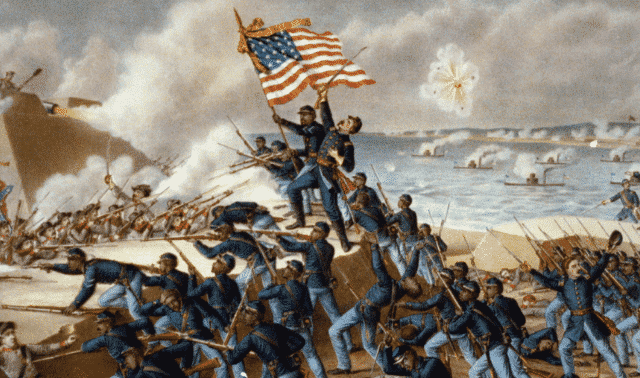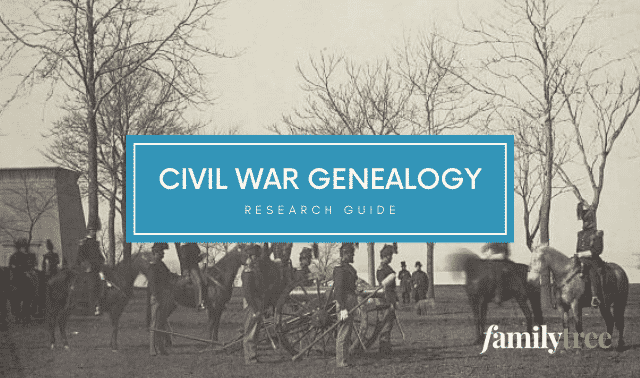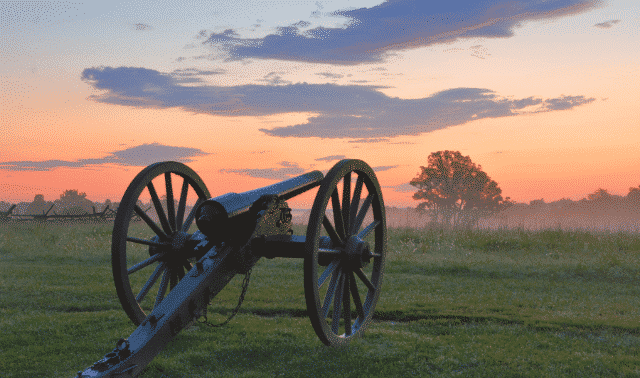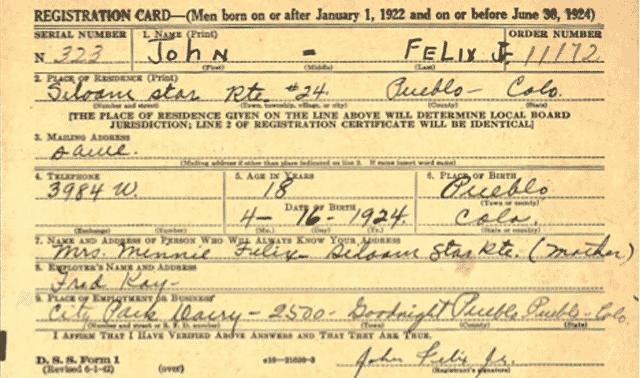Sign up for the Family Tree Newsletter Plus, you’ll receive our 10 Essential Genealogy Research Forms PDF as a special thank you!
Get Your Free Genealogy Forms
"*" indicates required fields
Q. According to his granddaughter, my great-grandfather (and his father) went out west to capture horses that Union troops used during the Civil War. How could I confirm this activity?
A. An order from Gen. William T. Sherman suggests the importance of horses, not only to the cavalry, but also to artillery units and logistical support during the Civil War: “Every opportunity at a halt during a march should be taken advantage of to cut grass, wheat, or oats and extraordinary care be taken of the horses upon which everything depends.” Initially, the Northern states were home to some 3.4 million horses, compared to 1.7 million in the South; the Confederates, however, had more experience on horseback, often bringing their own horses with them, and their cavalry units were superior. In the early stages of the war, more horses were killed than men, and by war’s end the tally of dead horses and mules topped 1 million.
As the war raged on, stocks of horses were frequently appropriated from enemy troops and farms in enemy territory. In July 1863, such haphazard efforts were formalized on the Union side with the creation of the Cavalry Bureau. In addition to administrative services for the cavalry, the bureau operated several remount depots to restore broken-down army animals and a procurement system to acquire new mounts. According to Mustang: The Saga of the Wild Horse in the American West by Deanne Stillman, horses were “purchased or taken from everywhere, including frontier herds, and the brokers often camouflag[ed] the animals’ age by altering their teeth or painting over gray hairs.”
If your ancestor worked for the Cavalry Bureau, you may find him in National Archives Record Group 108.4. Five linear feet of records cover the years 1863-1866.
From the December 2011 issue of Family Tree Magazine
More great genealogy resources from Family Tree Magazine:
ADVERTISEMENT




